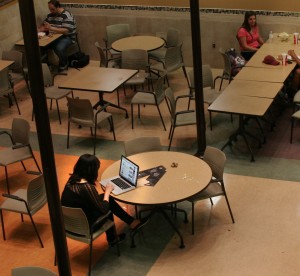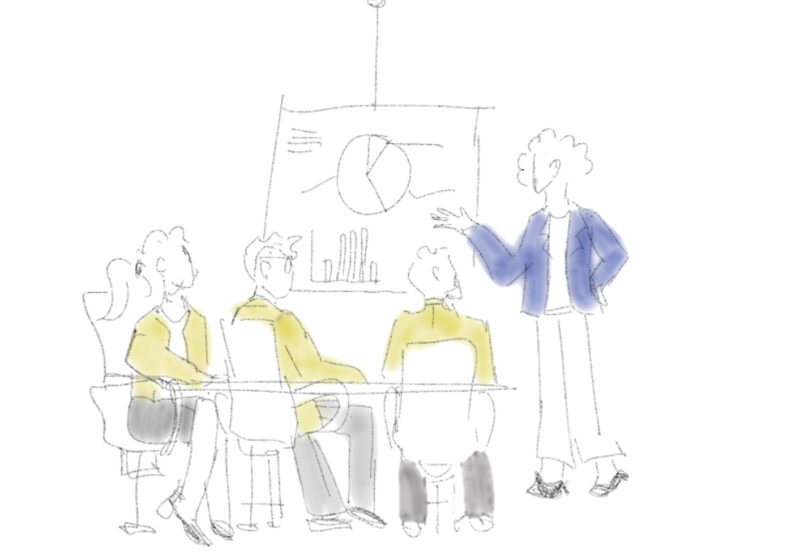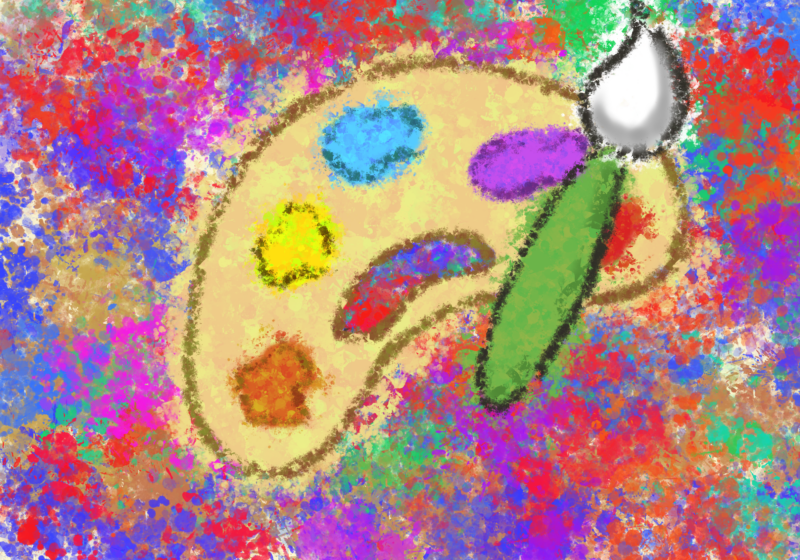
Drue Sokol, Photo Editor
Last night, I visited the Coursera web site. After entering just my name and email, I had access to over 120 courses in 16 diverse categories offered by 20 different top universities. Within a minute, I was registered for a world history course taught by a Princeton professor and watching his first lecture. For free. In my pajamas.
From slate to iPads, technology has been evolving with education for some time. Most educational administrative tasks, such as grading, have already gone digital and people have been earning degrees through online coursework for years, but projects like Coursera make online education accessible like never before.
According to their website, Coursera strives to “empower people with education that will improve their lives and the communities they live in.” This allows world-class education to reach beyond students and those seeking an entire degree online.
“Services like Coursera offer an opportunity to mend global disparities in education which is an admirable and necessary goal for all educational institutions,” Take Five Scholar and former SA President Bradley Halpern said.
Coursera, and other similar projects, offer Massive Online Open Courses (MOOCs) that reach millions of possible students. Coursera grew substantially this past summer, adding over a dozen institutions to its previous four-member partnership.
Through a collaboration of these universities, courses can be taken as a sequential lecture series, similar to traditional courses, complete with assignments and quizzes, or as individual video lectures — even after the traditional course finishes. Most courses completed in the traditional manner offer certificates of completion. Some of the involved universities are even looking to offer credit through Coursera for a fee.
Despite this new accessibility, the same issues that have always existed with virtual learning still apply. It is much harder to guarantee and regulate academic honesty when coursework and examinations are done from behind a computer screen many miles away. Plus, easy accessibility isn’t always better. Most studies show that online learning is not as successful as a traditional classroom environment.
In spite of these complications, MOOCs and virtual partnerships offer a great opportunity for potential students and major research universities alike.
As a major research institution, UR is constantly re-evaluating how technology is used. The College Teaching, Learning and Technology Roundtable (CTLTR) is the University’s committee that oversees the role technology has in teaching and learning in the College of Arts, Science, and Engineering.
“The University has long been engaged in the effective application and support of instructional technologies for faculty and students,” Eric Fredericksen, associate vice provost of academic & research technology and chair of CTLTR, said.
These technologies include resources like Blackboard, library e-reserves and even visual resources used right in the classroom.
“The University has done an amazing job making sure that almost every building on campus has wireless access,” CTLTR member and senior, Sonja Page said. “I think many students take this for granted, but it’s especially important since academic online resources are so easy for students to access now.”
UR President Joel Seligman recently named Rob Clark as interim senior vice president for research. Fredericksen mentions that one of Clark’s top priorities is online learning initiatives, such as programs like Coursera.
“While we can expect the University to continue to move forward in this area, it will be done with the same high standards,” Fredericksen comments.
“Distance learning enables members of the University community to broaden their academic experiences,” Halpern explained. “[Also], people outside of our community can get a taste of what UR has to offer.”
So what does all of this technology expansion mean for current students?
“It is not a substitute for the residential college experience, which is at the core of what I love about UR,” Halpern remarked.
College life is an important part of maturing; not everything can be done over the Internet. Coursera could only replace UR when it finds a way to experience the taste of a midnight Panda bowl at the desk you miraculously found in Gleason during finals week — through a computer.
Esce is a member of the class of 2015.





